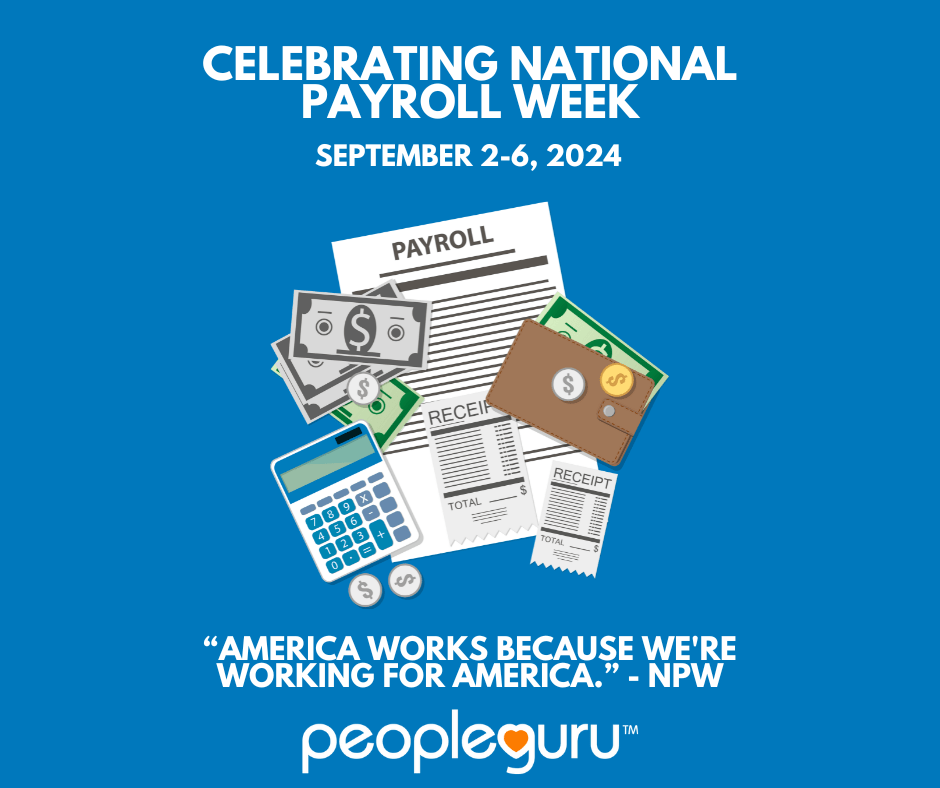
Both employees and even employers are beginning to realize that the Great Resignation is shifting towards being known as the Great Regret.
Across industries, companies struggle to source quality talent, let alone retain them.
Burnout levels are on the rise among HR professionals and their employees. Meanwhile, job satisfaction, employee engagement and retention rates have tanked.
Several workforce trends like quiet quitting are on the rise — so much so that there is a widespread labor shortage. As we enter into the “Great Regret” era, we begin to see new trends emerge.
Why is it important to be aware of (and understand) these trends? Your company’s success might depend on it.
Below are four key workforce trends to be aware of, whether you’re an HR generalist or C-suite executive.
Quiet quitting

The agreed-upon definition of this unclear phrase that originated on TikTok is simply doing the bare minimum at work. But ever since the term was coined, the HR community has seen much debate over its implications. Is quiet quitting simply doing exactly what’s outlined in your job responsibilities—and expecting additional compensation for anything more—or is it doing as little as possible, but just enough to avoid termination?
Either way, quiet quitting undoubtedly affects not only the individual employee but also the business as a whole.
On an individual level, quiet quitting is both a cause and effect of low morale. An individual’s poor performance impacts their entire department, and in turn, the entire company. This may look like productivity losses, financial losses, and turnover.
Quiet firing

Traditionally referred to as constructive dismissal or constructive discharge, “quiet firing” is a contemporary term for the involuntary resignation of an employee. Essentially the phrase “quiet firing” refers to the intentional nature by which management pushes an employee to resign rather than terminate their employment. An employee may feel forced to resign due to unsatisfactory work conditions, environment, or countless other factors.
Although this might seem like the easy way out, quiet firing contributes to low employee morale, which directly harms productivity and employee retention rates. Moreover, it can harm your employer brand. Rather than making an underperforming employee’s work life intolerable, the best practice is to implement a performance improvement plan (PIP) and consider termination if improvements are not made.
Quiet hiring

Amid the current labor shortage, employers are restrategizing. It has become more efficient for companies to focus on their strong suits and outsource non-core tasks to freelancers or short-term contractors when necessary. Other companies navigate the labor shortage by delegating new job responsibilities to established employees. Regardless of whether you’re giving your team new duties or outsourcing these tasks, both are forms of what is known as “quiet hiring.”
External
Although quiet hiring of external workers can improve organizational productivity in a climate of labor shortage, it can be controversial. Without intentional communication, employees may misconstrue management’s actions. Outsourcing, for instance, could send the message that an employee’s contributions aren’t valued—or worse, that they’re unsatisfactory.
Internal
You may opt to delegate tasks internally instead of outsourcing. A word of caution: assigning employees new job responsibilities can be just as frustrating.
When job expectations change, best practices indicate that an employee should be notified and given a proper explanation. Without proper communication, the employee will feel overworked, demoralized, and maybe even unfairly compensated. This can give your employee the impression they have been quiet-fired. This is why it’s crucial to engage your employee in an encouraging dialogue. Being given extra work may seem irritating at first, but it can quickly become a source of pride when told why they are being entrusted with such an important task. Promotions and pay raises may also be appropriate depending on the scope of the tasks assigned.
As you can see, management should assess the best strategy for accomplishing non-core tasks.
Ask yourself what jobs need outsourcing, what action items you can delegate in-house, and if these internally-delegated tasks merit additional compensation.
Boomerang employees
What first appeared to be the Great Resignation is morphing into a “Great Return” or “Great Reshuffle” as many call it. Millennials and Gen Z workers are submitting their resignations and applying for new roles elsewhere. But after gaining valuable experience in what first appeared to be greener pastures, many of these workers have expressed regret over leaving their original roles. Moreover, they are seeking employment at their previous workplace—hence the term “boomerang employees.”
Rehiring a previous employee has its advantages and drawbacks. Boomerang employees are already accustomed to the company culture, so they are likely a good fit. They also return with more know-how and a fresh perspective. However, bringing on a boomerang hire could cause tension or resentment from long-time employees. It is also important to note that the boomerang employee may be resentful if their new offer does not have better pay and benefits than their original position. Lastly, since this previous employee has built rapport with the brand, judgment can be clouded during interviews and even the hiring process.
If former employees come to your organization seeking a new job, don’t immediately throw out their application—just be aware of the complexity of deciding whether to add a boomerang employee to your team.
Whether you call this inevitable shift “The Great Regret” or the “Great Reshuffle,” these workforce trends are important to monitor. Fortunately, you and your team are now prepared.
Psst: Our newsletters are basically
HR cheat sheets, delivered to
your inbox
Find inspiration, human resources tips, and ideas
Network with us on LinkedIn
Love tips and the occasional freebie?
Like us on Facebook
On the count of 3,
get ready to
say cheese!
We’re on Instagram
The best 280 characters you’ll ever read
Follow us on Twitter
Watch demos, learn features and much more
Subscribe to our channel










